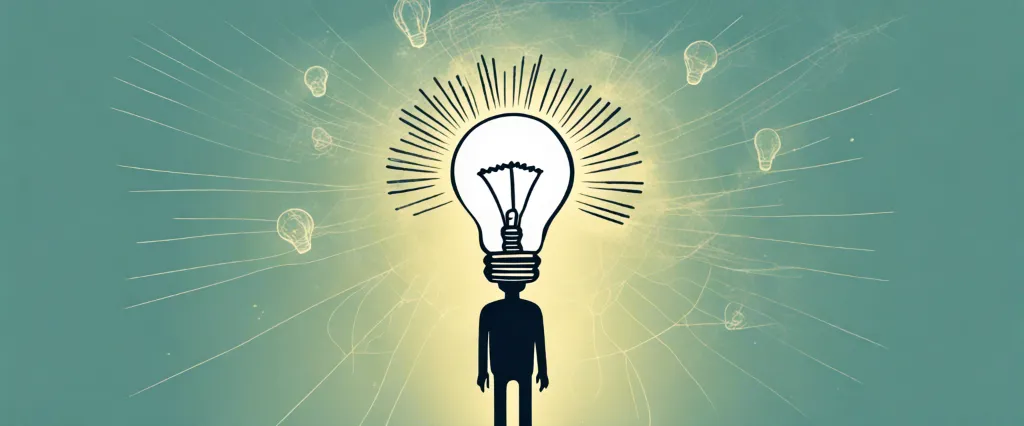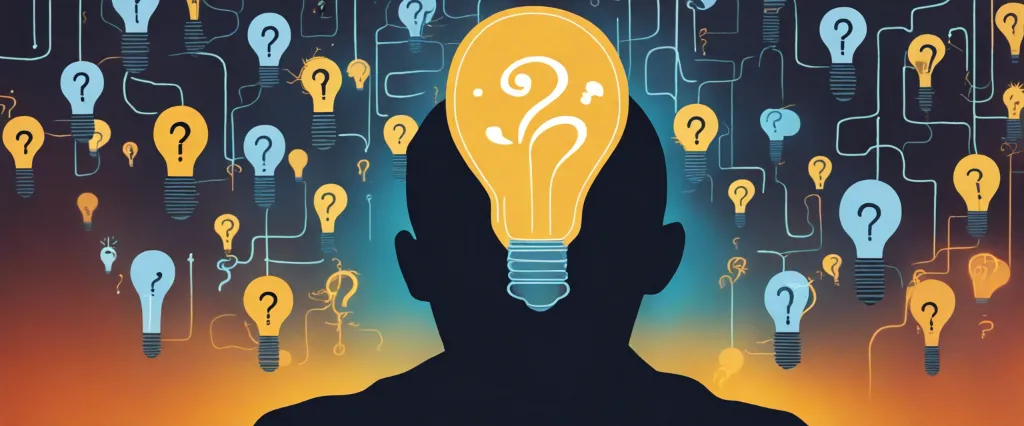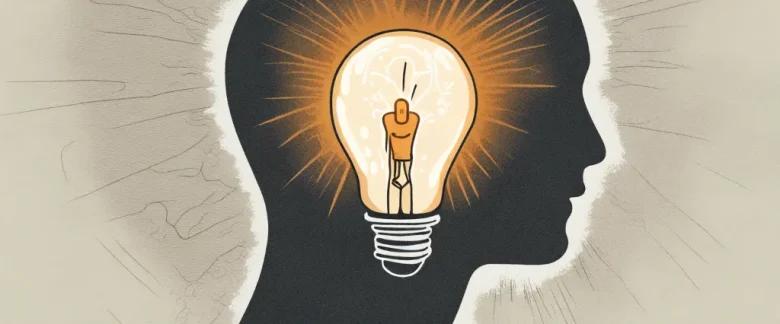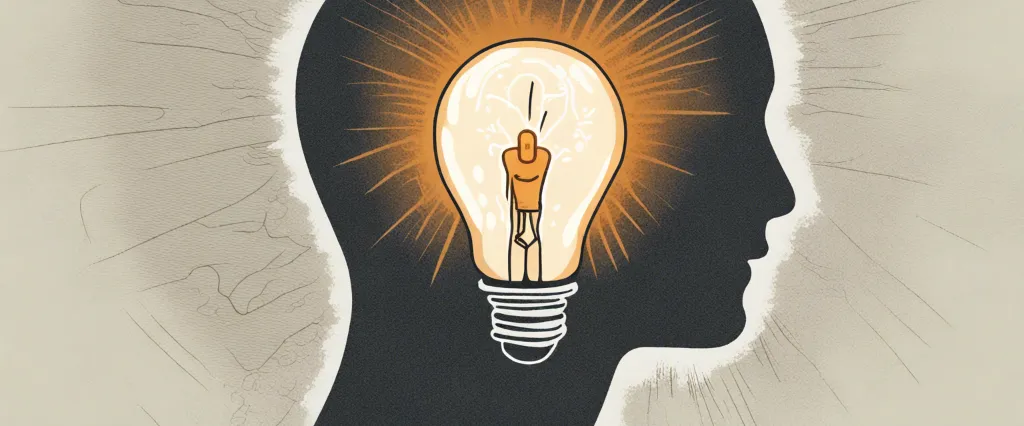In Consciousness Explained, Daniel C. Dennett delves into the complex and mysterious nature of consciousness, attempting to unravel its enigmatic origins and functions. As a renowned philosopher and cognitive scientist, Dennett brings to this exploration his deep knowledge of the mind and its workings. Through a blend of philosophy, neuroscience, and psychology, Dennett offers a thought-provoking analysis of the nature of consciousness and the ways in which it shapes our experiences and perceptions of the world.
Chapter 1: Introduction to the study of consciousness and its mysteries.
In Chapter 1 of “Consciousness Explained,” Daniel Dennett sets the stage for exploring the mysteries of consciousness. He explains that the study of consciousness is a complex and elusive field that has puzzled philosophers and scientists for decades. Dennett introduces the central questions surrounding consciousness, such as how subjective experiences arise from physical processes in the brain, and whether we can truly understand and explain consciousness.
Dennett also discusses various perspectives on consciousness, including dualism, materialism, and functionalism, and presents his own theory of consciousness known as “multiple drafts model.” According to Dennett, consciousness can be best understood as a series of mental processes that involve the brain and its interactions with the external environment.
Overall, Chapter 1 serves as an introduction to the key concepts and debates surrounding consciousness, laying the groundwork for a deeper exploration of the topic in the subsequent chapters of the book. Dennett’s engaging writing style and thought-provoking insights compel readers to ponder the nature of consciousness and its mysteries in a new light.
Chapter 2: Examination of traditional views and misconceptions about consciousness.
In Chapter 2 of “Consciousness Explained,” Daniel C. Dennett examines traditional views and misconceptions surrounding consciousness. He first discusses the idea of the “Cartesian Theater,” a metaphorical stage where all conscious experiences supposedly come together to be perceived by a single audience. Dennett criticizes this view as being overly simplistic and argues that consciousness is not a unified entity, but rather a result of the interactions of various processes in the brain.
Dennett also challenges the concept of qualia, or the raw feel of sensory experiences, which has been a central focus of many philosophical discussions about consciousness. He argues that qualia are not the ineffable, subjective elements that they are often thought to be, but rather can be understood as information processing in the brain.
Furthermore, Dennett addresses the common assumption that consciousness is a private, inner experience that cannot be shared or understood by others. He argues that this view is limited and that communication and shared experiences play a crucial role in shaping our consciousness.
Overall, Dennett’s examination of traditional views and misconceptions about consciousness in Chapter 2 provides a thought-provoking analysis that challenges readers to reconsider their understanding of this complex phenomenon.
Chapter 3: Analysis of the evolution of consciousness and its adaptive functions.
In Chapter 3 of “Consciousness Explained,” Daniel C. Dennett delves into the evolution of consciousness and its adaptive functions. He argues that consciousness is not a single, unified entity, but rather a collection of mental processes that have evolved over time for specific purposes. Dennett explores how consciousness has evolved from simpler forms in early organisms to the complex, self-aware form that we experience today.
Dennett proposes that consciousness serves as a virtual control center, allowing organisms to adapt and respond to their environments in a more flexible and nuanced way. He discusses how the development of language and social interaction has influenced the evolution of consciousness, leading to increased complexity and self-awareness.
Throughout the chapter, Dennett emphasizes the importance of understanding consciousness in a biological and evolutionary context. He suggests that by examining the adaptive functions of consciousness, we can gain a deeper understanding of its origins and how it shapes our behaviors and experiences.
Overall, Chapter 3 provides a comprehensive analysis of the evolution of consciousness and highlights the intricate relationship between consciousness, evolution, and adaptation.
Chapter 4: Exploration of the role of neuroscience in understanding consciousness.

In Chapter 4 of “Consciousness Explained” by Daniel C. Dennett, the author explores the role of neuroscience in understanding consciousness. He delves into the intricate workings of the brain and how it may give rise to conscious experiences. Dennett discusses various scientific studies and findings that shed light on the neural processes underlying awareness and perception.
Dennett emphasizes that consciousness is not a singular, unified entity but rather a combination of different cognitive processes that work together to create our subjective experiences. He argues that understanding consciousness requires looking beyond just the brain and considering the body and environment as well.
Through his exploration of neuroscience, Dennett challenges traditional theories of consciousness and advocates for a more comprehensive and interdisciplinary approach to studying the mind. He discusses concepts such as neural networks, sensory processing, and neural adaptation that play a crucial role in shaping our conscious experiences.
Overall, Chapter 4 of “Consciousness Explained” offers a detailed and thought-provoking examination of how neuroscience can contribute to our understanding of consciousness, highlighting the complex and multifaceted nature of this mysterious phenomenon.
Chapter 5: Discussion on the relationship between mind, brain, and self.
In Chapter 5 of “Consciousness Explained” by Daniel C. Dennett, the author delves into the intricate relationship between the mind, brain, and self. Dennett argues that the traditional view of the mind as a separate entity from the brain is flawed and outdated. He asserts that the mind is simply the result of complex processes in the brain, with no need for a separate entity such as a soul or spirit.
Dennett also explores the concept of the self and how it is constructed through a combination of biological and cultural influences. He challenges the idea of a unified self, proposing instead that the self is a collection of various mental processes and experiences that give the illusion of a cohesive identity.
Furthermore, Dennett discusses the role of consciousness in shaping the mind and self, emphasizing that consciousness is not a single, unified entity but rather a series of interconnected processes. He argues that understanding these processes can help unravel the mystery of consciousness and shed light on the relationship between mind, brain, and self.
Overall, in this chapter, Dennett presents a compelling argument for a materialist view of the mind and self, challenging traditional beliefs and offering a new perspective on the nature of consciousness.
Chapter 6: Critique of dualistic and mystical explanations of consciousness.
In Chapter 6 of “Consciousness Explained,” Daniel C. Dennett critiques dualistic and mystical explanations of consciousness, arguing that these perspectives are flawed and do not provide satisfactory explanations for the nature of consciousness. Dennett challenges the traditional dualistic view, which posits that consciousness is a separate, non-physical entity that exists independently of the brain. He argues that this perspective is problematic because it fails to account for the intricate relationship between the mind and body.
Dennett also addresses mystical explanations of consciousness, which often rely on non-material or supernatural forces to explain the nature of consciousness. He argues that these perspectives are similarly unsatisfactory because they do not provide a concrete or testable framework for understanding consciousness.
Instead, Dennett proposes a materialistic and computational theory of consciousness, which suggests that consciousness arises from complex interactions within the brain. He argues that a thorough understanding of the brain’s processes and mechanisms can offer a more comprehensive and scientifically grounded explanation for consciousness. Overall, Dennett’s critiques of dualistic and mystical explanations highlight the importance of approaching consciousness from a scientific and empirical standpoint.
Chapter 7: Proposal for a materialist and computational theory of consciousness.
In Chapter 7 of “Consciousness Explained” by Daniel C. Dennett, the author delves into the proposal for a materialist and computational theory of consciousness. Dennett argues that consciousness can be understood as a result of computational processes in the brain, rather than as a mysterious phenomenon beyond scientific explanation. He introduces the concept of multiple drafts model, suggesting that the brain generates multiple representations of reality simultaneously, and consciousness emerges as a result of the interaction between these representations.
Dennett also explores the idea of qualia, the subjective experiences that accompany conscious states, and proposes that they can be explained in terms of information processing dynamics within the brain. He emphasizes the importance of understanding consciousness as a biological phenomenon, rooted in the physical structures and processes of the brain.
Overall, Dennett’s proposal for a materialist and computational theory of consciousness challenges traditional views of consciousness as a non-physical entity, and seeks to provide a scientific framework for understanding the nature of conscious experience.

Chapter 8: Conclusion on the nature of consciousness and the future of its study.
In Chapter 8 of “Consciousness Explained” by Daniel C. Dennett, the author wraps up his exploration of the nature of consciousness and the future of its study by summarizing his key points and laying out his conclusions. Dennett argues that consciousness is a complex phenomenon that can be understood through the lens of neuroscience, psychology, and philosophy. He emphasizes the importance of taking a multidisciplinary approach to studying consciousness in order to fully grasp its complexities.
Dennett also addresses the various theories and models of consciousness that have been proposed over the years, critiquing some for their lack of empirical evidence or coherence. He ultimately advocates for a more scientific and empirical approach to studying consciousness, one that takes into account the latest research in cognitive science and neuroscience.
Furthermore, Dennett discusses the implications of his theories on consciousness for various fields, such as artificial intelligence and ethics. He posits that a better understanding of consciousness could lead to advancements in AI and also shape our ethical considerations around issues such as privacy and the rights of conscious beings.
In conclusion, Dennett believes that the study of consciousness is still in its infancy and that there is much more to learn and discover. He calls for continued research and collaboration across disciplines in order to unlock the mysteries of consciousness and its implications for our understanding of the mind.
After Reading
Overall, “Consciousness Explained” by Daniel C. Dennett offers a comprehensive and thought-provoking exploration of consciousness and the mind. Dennett challenges traditional views of consciousness and offers a new perspective that emphasizes the role of evolutionary processes and cognitive science in understanding consciousness. His ideas may be controversial and challenging, but they provide a fresh and intriguing approach to a complex and fascinating subject. The book is a must-read for anyone interested in delving deeper into the nature of consciousness and the human mind.
1. “The Ego Tunnel: The Science of the Mind and the Myth of the Self” by Thomas Metzinger – This book explores the nature of consciousness and the concept of the self, challenging traditional beliefs and offering a new perspective on the mind.
2. “The Astonishing Hypothesis: The Scientific Search for the Soul” by Francis Crick – In this book, Nobel Prize-winning scientist Francis Crick delves into the biological basis of consciousness, offering insights into how the brain generates the mind.
3. Mindsight: The New Science of Personal Transformation” by Daniel J. Siegel – Dr. Daniel Siegel explores the relationship between the mind and the brain, offering a unique perspective on how we can cultivate greater self-awareness and emotional well-being.
4. “The Feeling of What Happens: Body and Emotion in the Making of Consciousness” by Antonio Damasio – Neuroscientist Antonio Damasio explores the role of emotions in shaping our conscious experience, offering a rich and insightful exploration of the mind-body connection.
5. “The Conscious Mind: In Search of a Fundamental Theory” by David J. Chalmers – This book offers a comprehensive overview of the philosophical and scientific debates surrounding consciousness, presenting a range of theories and perspectives on the nature of conscious experience.




